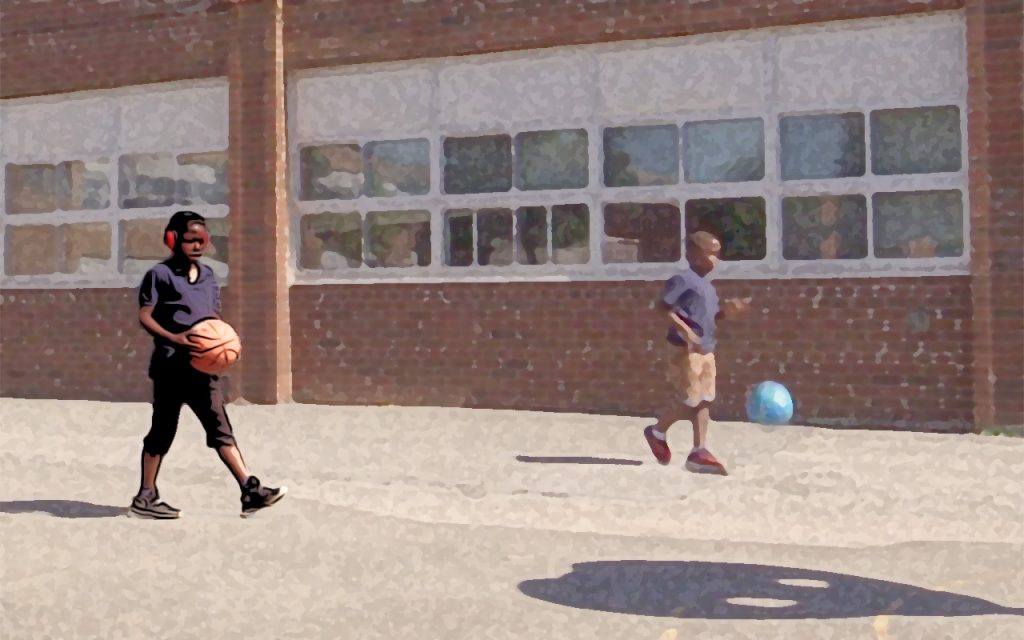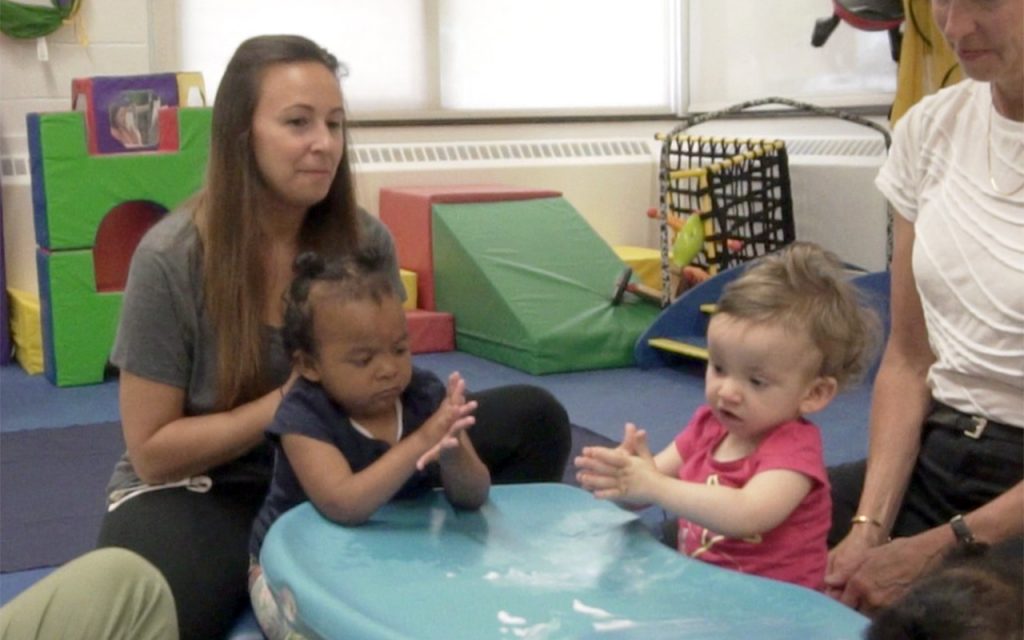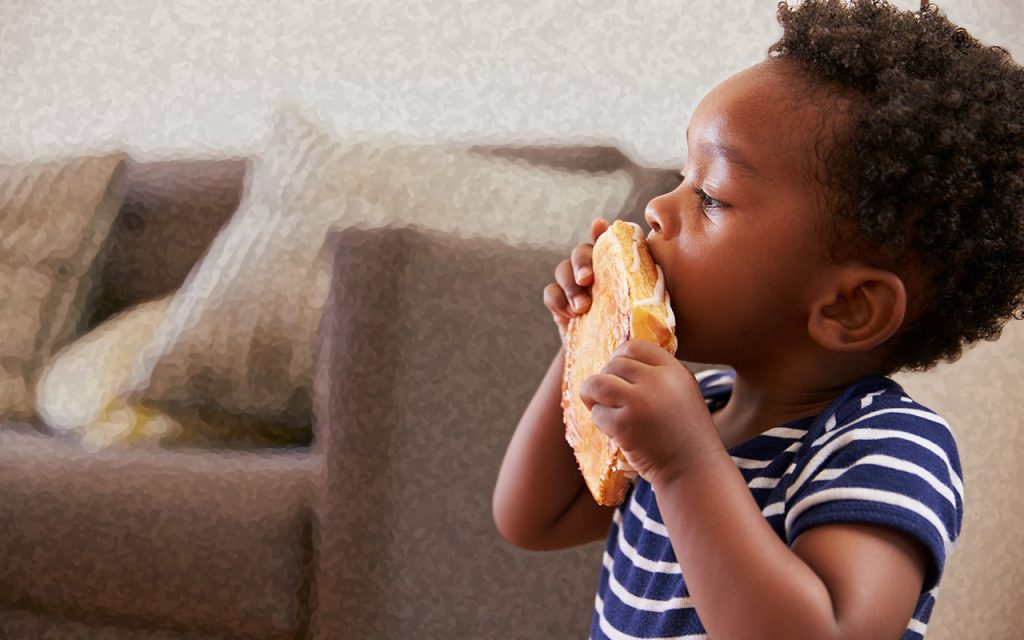The Seven Senses
If you asked someone to think about their senses, most people would name the following five: vision, hearing, taste, smell, and touch. Often what is less familiar are the other two senses: vestibular and proprioception.
The vestibular system is part of the sensory system that controls the sense of balance and spatial orientation for the purpose of coordinating movement with balance. Examples include maintaining balance while learning to walk, holding objects, and turning pages of a book.
Proprioception refers to the sense of the position of parts of the body, relative to other neighbouring parts of the body. Focuses on the body’s cognitive awareness of movement. Examples of proprioception include stepping off a curb without looking at your feet and knowing how much pressure to apply when pressing an elevator button.
Hearing

Sensory processing for hearing, also known as auditory processing, is the way our brains process the things that we hear. Read more »
Touch

Sensory processing for touch, also known as tactile processing, is the way that our brain processes information about our environment through messages from our skin. Read more »
Smell

Our sense of smell is extremely important in everyday life. It can impact our memories and emotions. Read more »
Vision

Sensory processing for the visual system uses light, colour, shape and movement to detect information through our eyes and then the brain interprets that information. Read more »
Taste

Sensory processing for taste, also known as oral sensation processing, is the way that our brain processes information from our mouth and taste buds. Read more »
Proprioception

Proprioception is a sense that tells us about the position of our body parts in relation to each other, other individuals and the environment. Read more »
Vestibular

The vestibular system (inner ear balance mechanism) helps us maintain awareness of positioning of our bodies when for example we are walking, running or riding in a vehicle. Read more »
Understanding the Sensory System and Sensory Processing
Sensory processing is the way our brain accepts, interprets and organizes information from our seven senses to create a response. No two people will react exactly the same way; everyone has their own unique response to sensory stimuli. Read more »
In Conclusion
All children are unique and it is likely you will encounter children with different sensory processing challenges at the same time. When developing any programming for a child, it is common to identify if the child is sensitive to stimuli within a particular sense. Read more »
